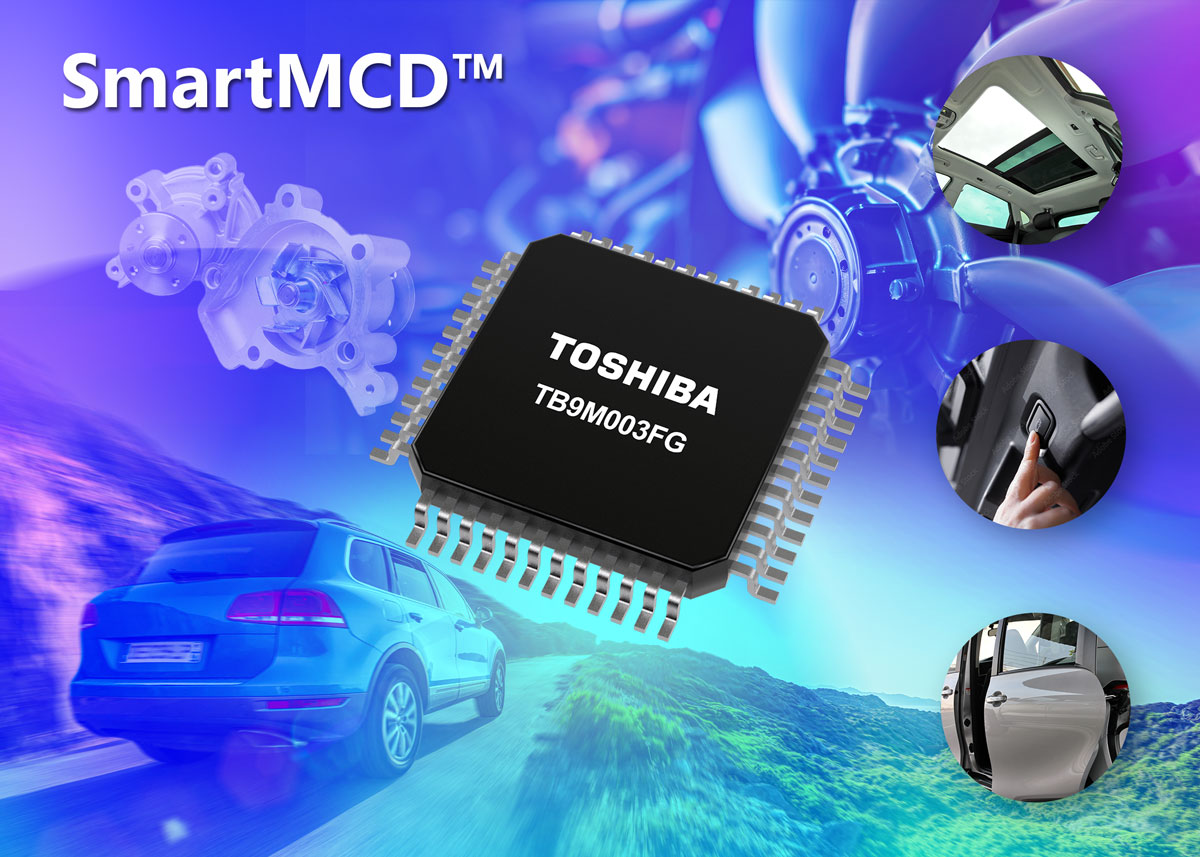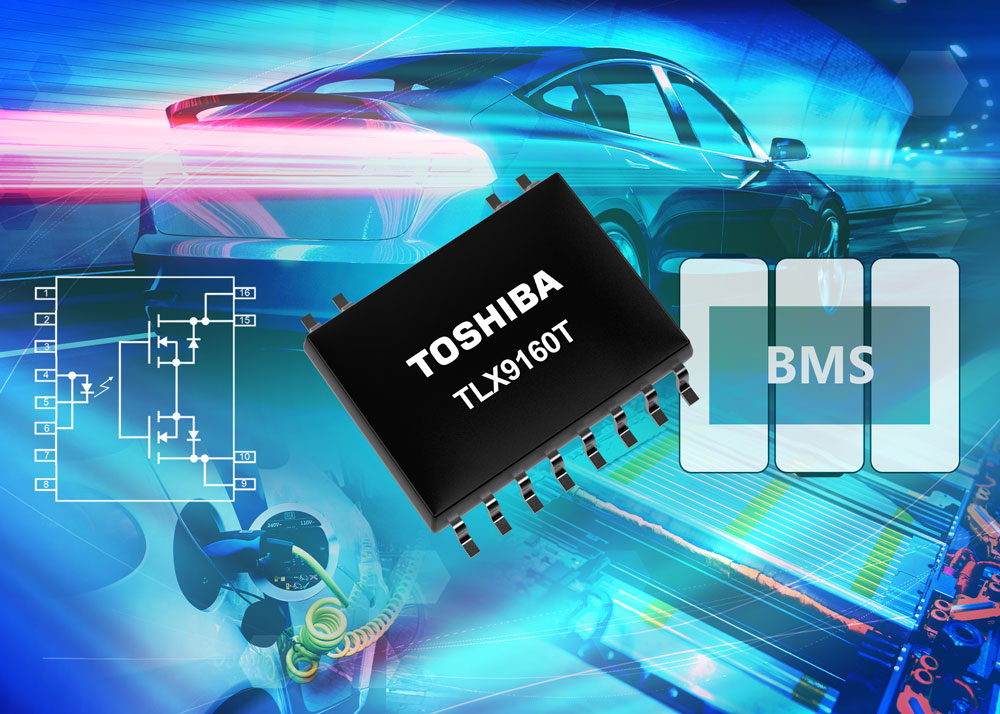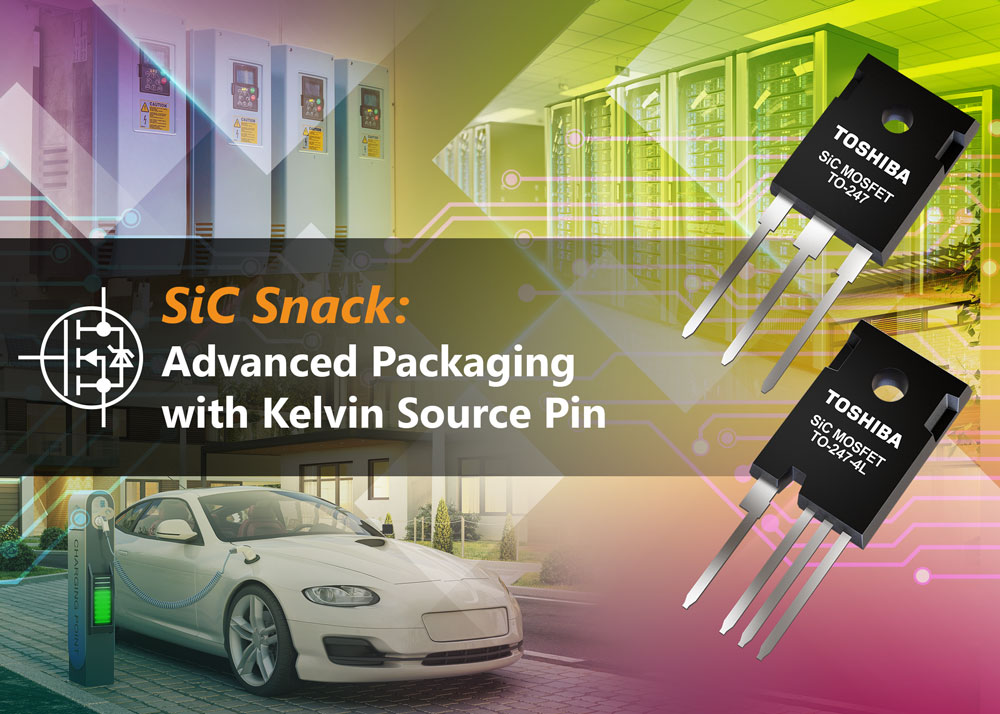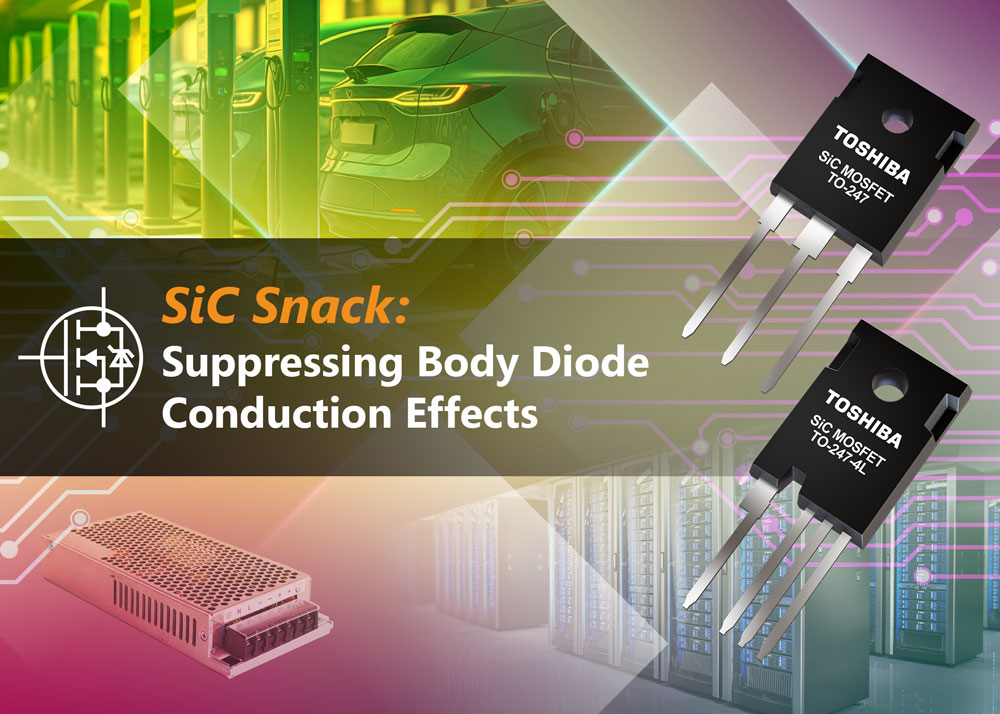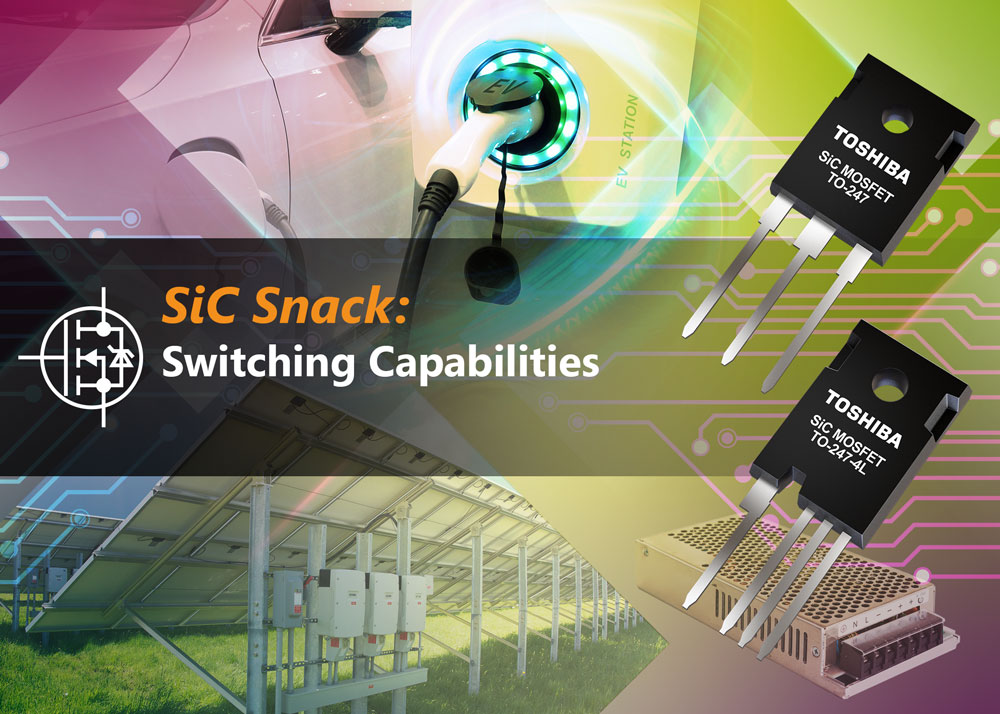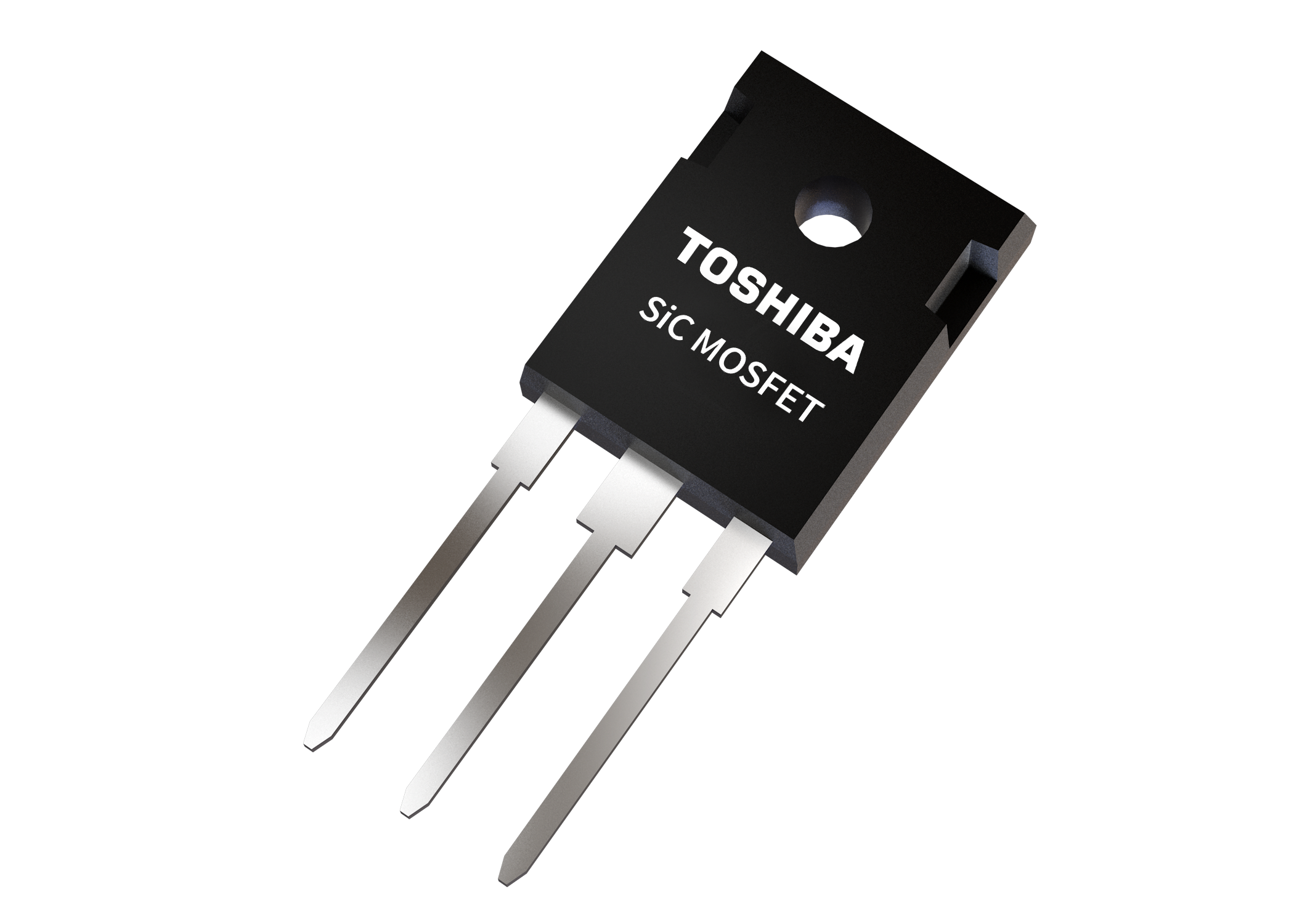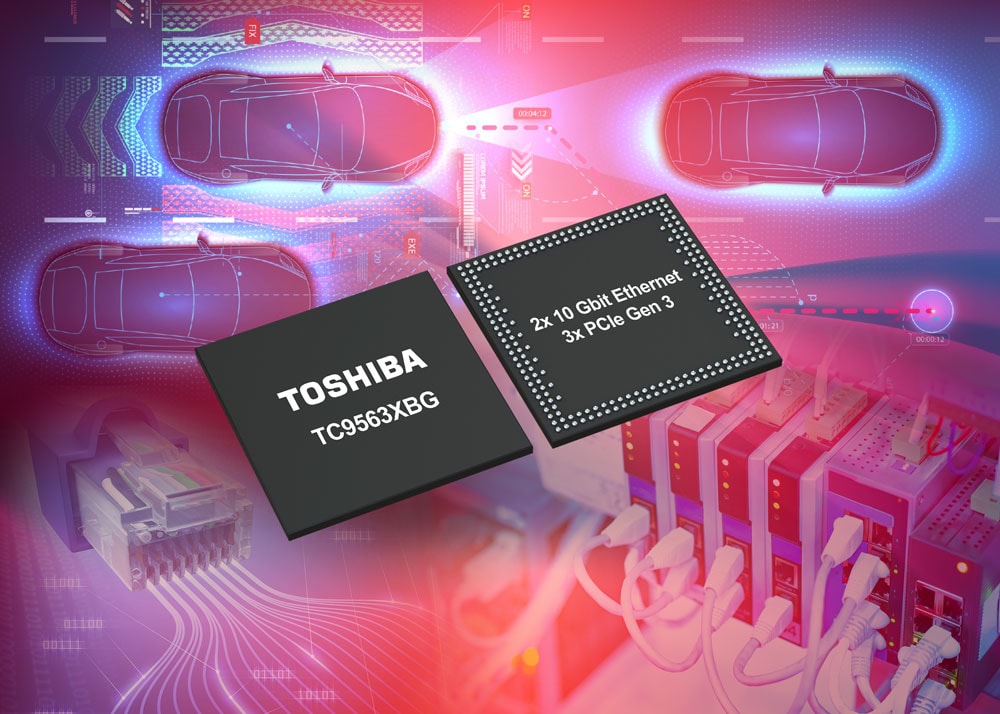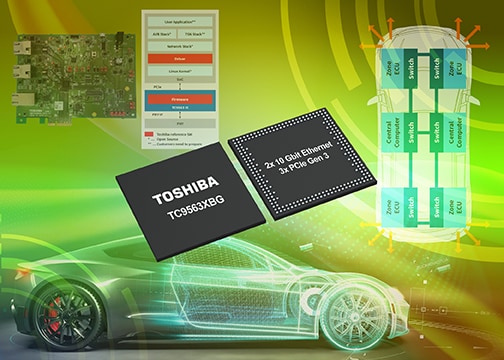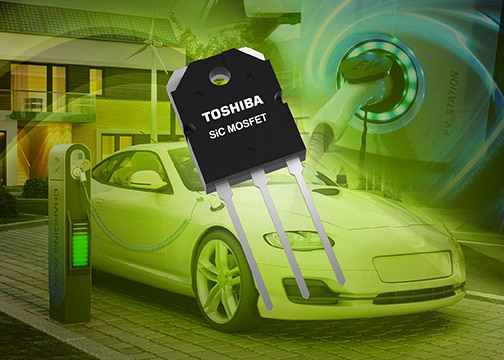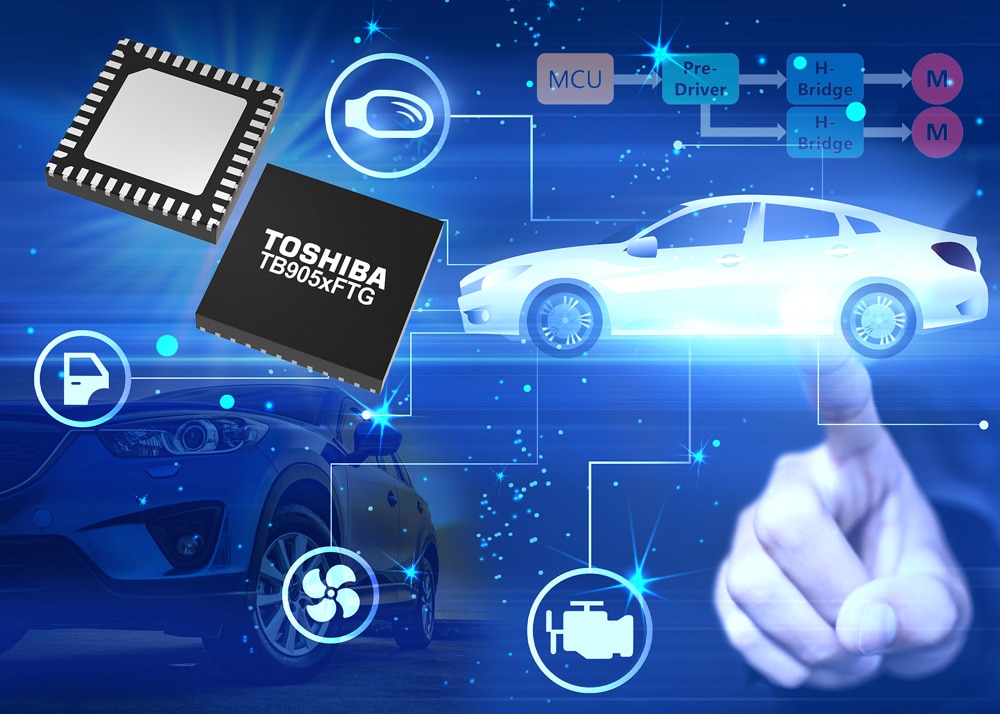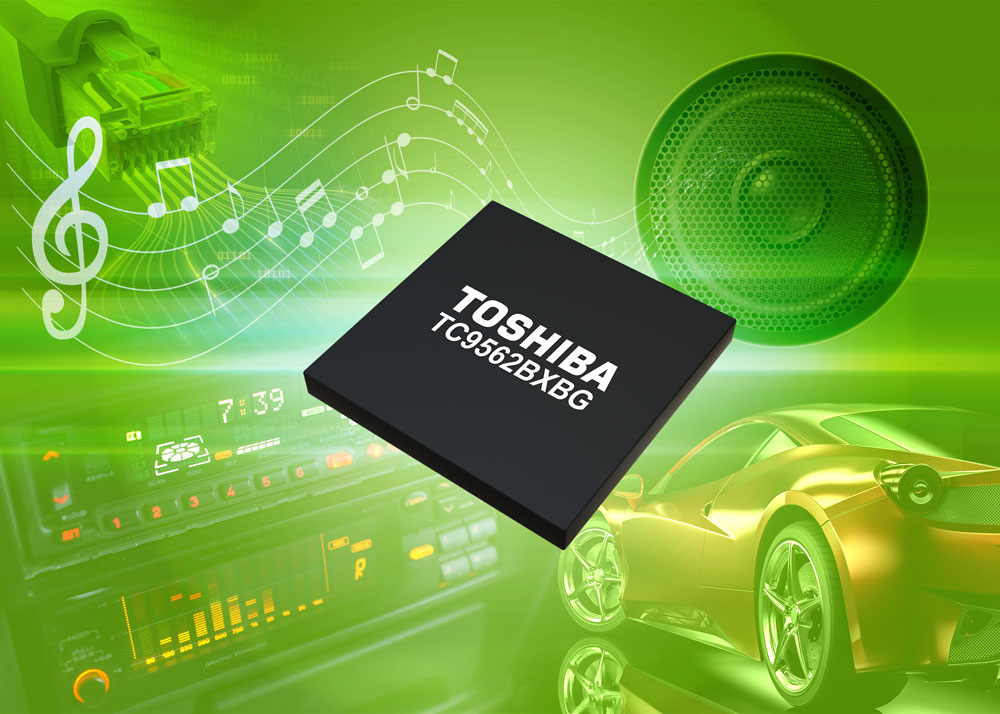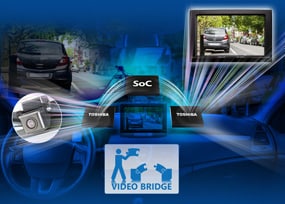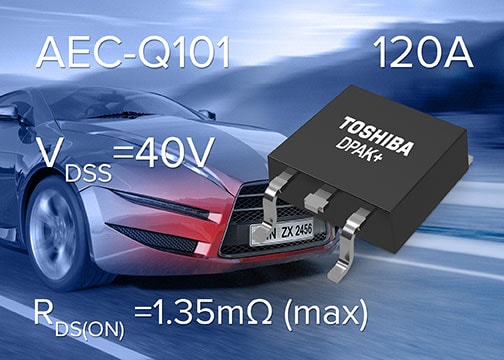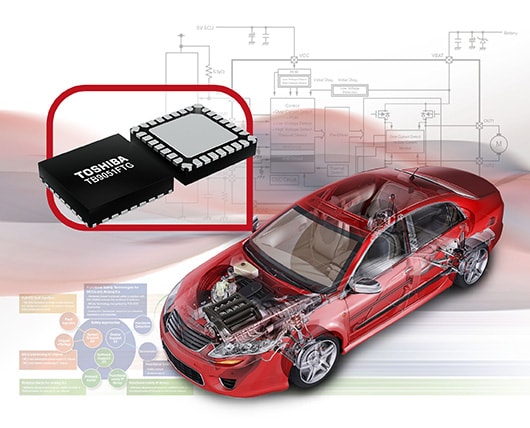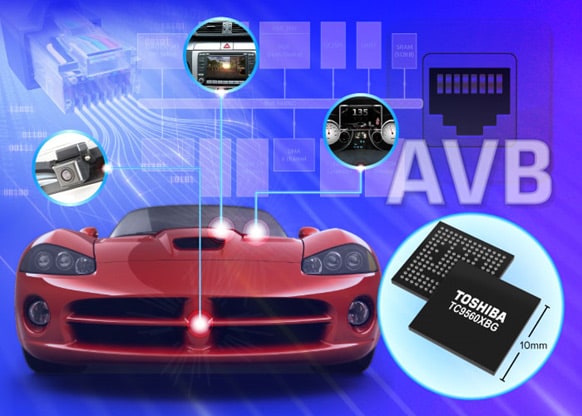- General Top
- SEMICONDUCTOR
- STORAGE
- COMPANY
-
My ToshibaSemicon
- Semiconductor Top
-
ApplicationsAutomotive
Body Electronics
xEV
In-Vehicle Infotainment
Advanced Driver-Assistance Systems (ADAS)
Chassis
IndustrialInfrastructure
BEMS/HEMS
Factory Automation
Commercial Equipment
Consumer/PersonalIoT Equipment
Healthcare
Wearable Device
Mobile
Computer Peripherals
-
ProductsAutomotive Devices
Discrete Semiconductor
Diodes
Transistors
Logic ICs
Analog Devices
Digital Devices
Wireless Devices
※
: Products list (parametric search)
Power SemiconductorsSiC Power Devices
※
: Products list (parametric search)
Isolators/Solid State RelaysPhotocouplers
Digital Isolators
Solid State Relays
Fiber Optic Transmitting Modules
※
: Products list (parametric search)
MOSFETsIGBTs/IEGTsBipolar Transistors※
: Products list (parametric search)
Diodes※
: Products list (parametric search)
MicrocontrollersMotor Driver ICsIntelligent Power ICs※
: Products list (parametric search)
Power Management ICsLinear ICs※
: Products list (parametric search)
General Purpose Logic ICsLinear Image SensorsOther Product ICsOther Product ICs
※
: Products list (parametric search)
-
Design & Development
Design & Development
Innovation Centre
At the Toshiba Innovation Centre we constantly strive to inspire you with our technologies and solutions. Discover how to place us at the heart of your innovations.
-
Knowledge
Knowledge
Highlighted Topics
Further Materials
Other
- Where To Buy
- Part Number & Keyword Search
- Cross Reference Search
- Parametric Search
- Stock Check & Purchase
This webpage doesn't work with Internet Explorer. Please use the latest version of Google Chrome, Microsoft Edge, Mozilla Firefox or Safari.
require 3 characters or more. Search for multiple part numbers fromhere.
The information presented in this cross reference is based on TOSHIBA's selection criteria and should be treated as a suggestion only. Please carefully review the latest versions of all relevant information on the TOSHIBA products, including without limitation data sheets and validate all operating parameters of the TOSHIBA products to ensure that the suggested TOSHIBA products are truly compatible with your design and application.Please note that this cross reference is based on TOSHIBA's estimate of compatibility with other manufacturers' products, based on other manufacturers' published data, at the time the data was collected.TOSHIBA is not responsible for any incorrect or incomplete information. Information is subject to change at any time without notice.
require 3 characters or more.
Can Ethernet help with a weighty automotive challenge?
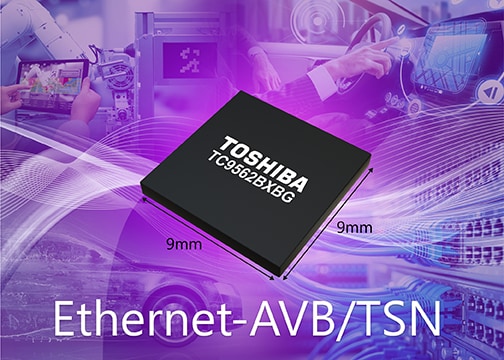
If the person on the street was asked to list the three heaviest components of a conventional car, it is likely that the engine and chassis will come to mind immediately. In today’s world of electric and hybrid vehicles, chances are that the battery may also be proffered as an option. But it unlikely that they would consider the bundles of wires and connectors to be included on such a top-three list. As anyone involved in the automotive industry knows, not only is the cable loom one of the heaviest parts of a vehicle, it is also one of the three most expensive too.
The push to integrate ever more comfort and advanced features into the vehicle is one of the issues here. Conventional in-vehicle networking has targeted specific application spaces, such as CAN and LIN around body-controllers and comfort features, MOST for infotainment, and FlexRay for hard real-time communication subsystems. The introduction of cameras for reverse parking and other applications, due to the high bandwidth demands of video, has been implemented over yet another technology, typically low-voltage differential signaling (LVDS) solutions. As a result, the cable loom has continued to grow as disparate signaling and networking technologies are integrated to add new and desirable features.
It has been recognized for some time that much of the existing technology in the vehicle could be networked over Ethernet, whose bandwidth and topology aligns well with that of today’s existing in-vehicle-networking structure. This move could also significantly simplify today’s cable loom, thereby reducing its weight. But several technical challenges existed that needed to be addressed to ensure it could meet the automotive industry’s exacting demands. Firstly, traditional Ethernet cabling is too heavy and bulky. Furthermore, automotive applications require real-time responses, requiring guarantees on latency that traditional Ethernet doesn’t provide. Lastly, audio and video applications for infotainment applications need to guarantee bandwidth and lowest latency in order that audio and video play synchronously across multiple audio nodes.
Changes have been made at several layers of the OSI 7-Layer model to tackle these issues and make Ethernet suitable for automotive use. For example, Automotive Ethernet makes use of a single half-duplex twisted pair that, over short distances, does not require any form of shielding. Upper layers, and when used in conjunction with suitable routers, provide changes enabling end-to-end bandwidth reservation for multimedia transport. And, finally, a time-aware scheduler and blocking of low priority traffic support the demands for guaranteeing latency requirements.
Recognizing a wide disparity in requirements, Toshiba has developed the TC9562, an Automotive Ethernet-AVB/TSN plus Audio-TDM solution that is equally at home alongside the powerful SoCs as well as in the cost-sensitive end node solutions.
Featuring a PCIe interface it integrates easily with SoCs to deliver Automotive Ethernet AVB/TSN functionality. The TC9562 can pass messages directly into and from the addressable memory of the SoC, thereby reducing load on the host processor. Furthermore, an integrated 32-bit microprocessor core can be used to perform pre-processing of data packets and other tasks.
The 32-bit microprocessor also enables the TC9562 to be used in a stand-alone configuration as an end node. Coupled with its integrated I2S/TDM peripheral it can be interfaced with an audio-CODEC to easily implement audio applications.
If you’d like to understand more about the implementation of Automotive Ethernet and the capabilities the TC9562 has to offer, you can review our white paper available here:


